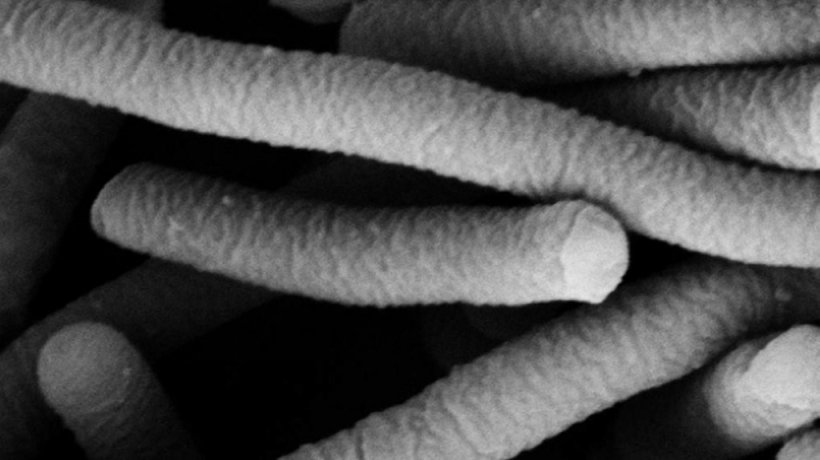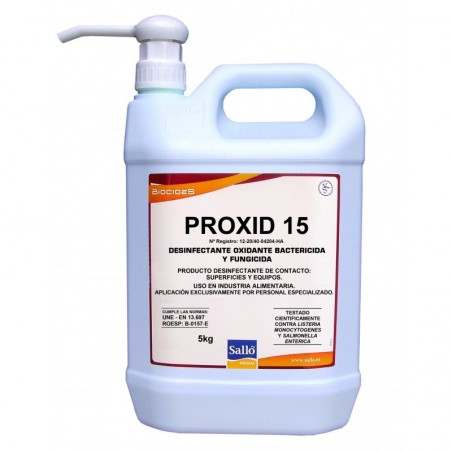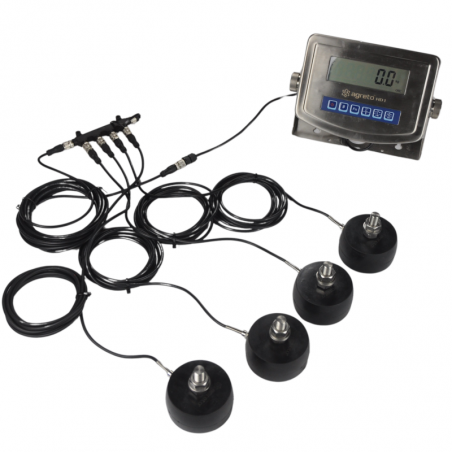Interest in probiotic use has been steadily increasing within livestock agriculture due to a multitude of potential benefits to growth, health, and the overall well-being of animals (Liao and Nyachoti, 2017). But just like any feed additive, the challenge is justifying its use from an economic standpoint. While it is one thing to display a favorable ROI on paper, proving it on the farm level is a whole different story. An even bigger challenge lies in selecting the right probiotic when several options are available. A good start is to ask yourself two questions – what am I trying to achieve and will probiotics help me get there?
The most important steps in probiotic evaluation is setting clear objectives and identifying the appropriate metrics for success. Will it be fed in some or all phases of production? If the goal is to improve gains or to arrive at a target weight faster, is it appropriate to solely look at body weights? Is the goal to maintain performance while reducing feed cost by improving feed efficiency? Which reproductive parameter is appropriate to evaluate sow performance? Regardless of the objective, use parameters that are easily and reliably measurable in your facilities. For example, it is difficult to measure individual sow feed intake in most systems but the wean-to-first-service interval may be a good indicator of feed intake (Barba-Vidal et al., 2019). Is it feasible to assess colostrum or milk quality and quantity? This is not easy to do, but determining litter performance is. If possible, also consider following litters into later stages of production for carryover effects.

Efficacy of probiotics is also contingent on the ingredients available to you. Always ask for the diet composition used in trials presented to you. You are more likely to replicate trial data if the diets used resemble yours because diet composition has a significant influence on modulation of gut microflora (Aluthge et al., 2019) in addition to potential differences in substrate preferences of particular probiotic strains. You are not only feeding the animal but also the microbiome within its gut. It is therefore imperative to choose a probiotic that works with your diets, not the other way around.

If running a trial, maximize the number of replications rather than the amount of products to evaluate. Feed intake will be lower in the warmer months (Renaudeau et al., 2012) so be cognizant of seasonal variation when comparing performance to historical trends. Control all variables that you can and design the trial as simple as possible to avoid confounding factors. Formulate diets with the least amount of feed technologies of the same mode of action as the probiotic to avoid masking the response to the probiotic. However, keep in mind that the probiotic has to work in conjunction with technologies already incorporated in the current diet formulation. Are there other components in the diet that elicit a similar mode of action as the probiotic (e.g. enzyme activity, organic acid production, antimicrobial activity, immune modulation)? Can the probiotic partially or completely replace them while maintaining or improving performance? Does it make economic sense to do so?
Duration, timing, dose, and method of application are important factors to consider. Can the probiotic be applied continuously? It is best to follow the manufacturer’s recommended dose and timing of application. Will your operation deliver the probiotic in feed or through the drinking water? If diets are pelleted, it is crucial that you choose a heat-stable probiotic that can withstand pelleting conditions. If applying through the water, choose a product that is designed for this specific application for proper solubilization and to avoid germination in the waterline. In animal agriculture, application through the feed or drinking water are most common but may also be applied directly onto barn surfaces depending on its intended purpose.
Fewer feed additives are included in growing-finishing pig diets due to the amount of feed consumed at these phases. Although older pigs have a mature gastrointestinal tract, probiotics may still offer a boost in performance by improving nutrient digestibility or mitigating subclinical diseases (Barba-Vidal et al., 2019). If possible, look into the effect of probiotics on uniformity. Variation in body weight within the same cut of pigs going to market will cost the producer missed revenue in the form of discounts and premium losses.
Most commercial probiotics you will come across have sufficient data to support their use. However, most trial data presented to you are cherry-picked. It does not make sense to present undesirable trial results when trying to sell product. So it may be a good idea to try asking for data they did not expect, the reason behind such observations, and what could have been done differently. If a supplier is open to discussing this with you, then that tells you something. In some cases, unexpected results do not necessarily mean the product does not work; but rather, that it did not work under the conditions of your experiment. This emphasizes the importance of setting expectations ahead of time by working closely with your nutritionist and veterinarian to cover all bases and maximize your chances for success.






